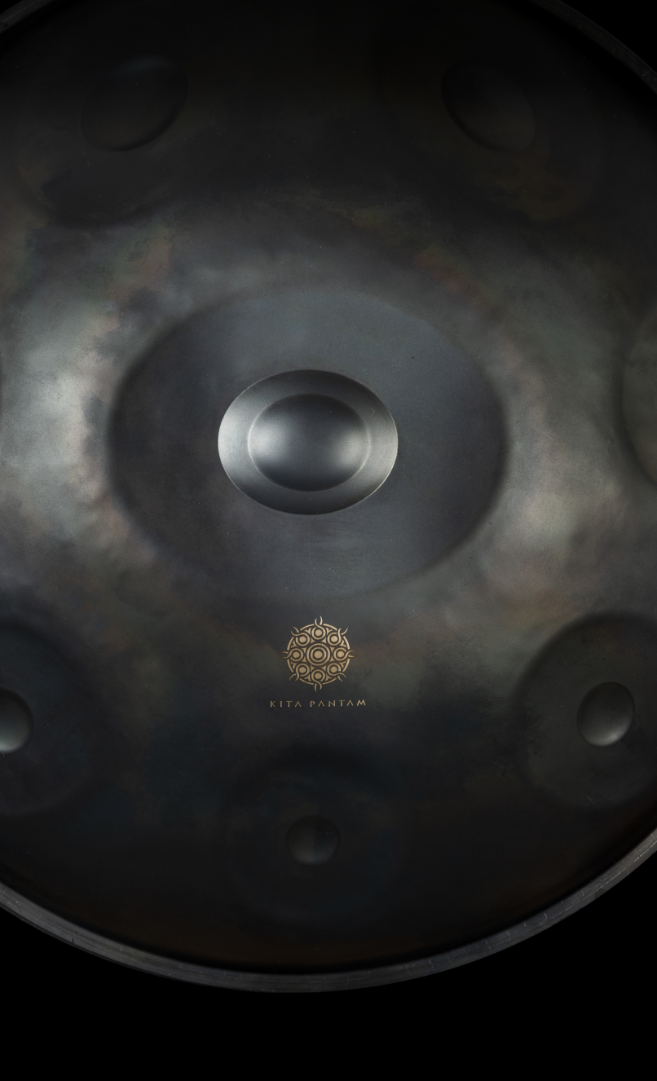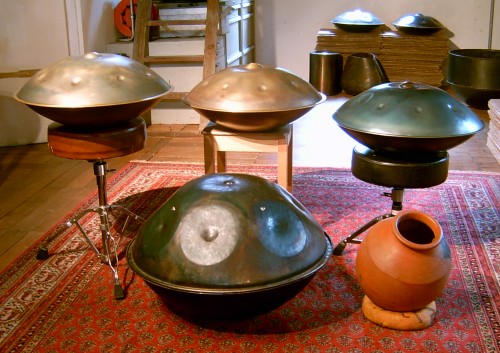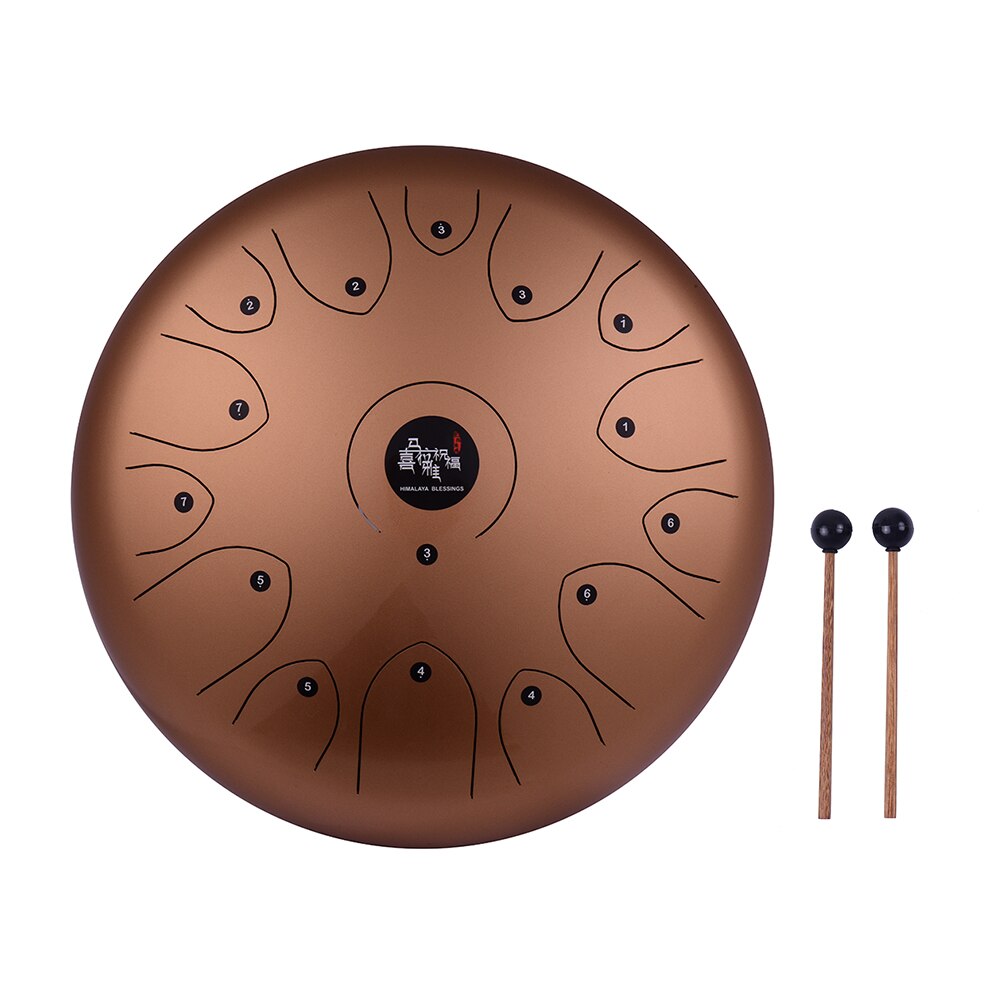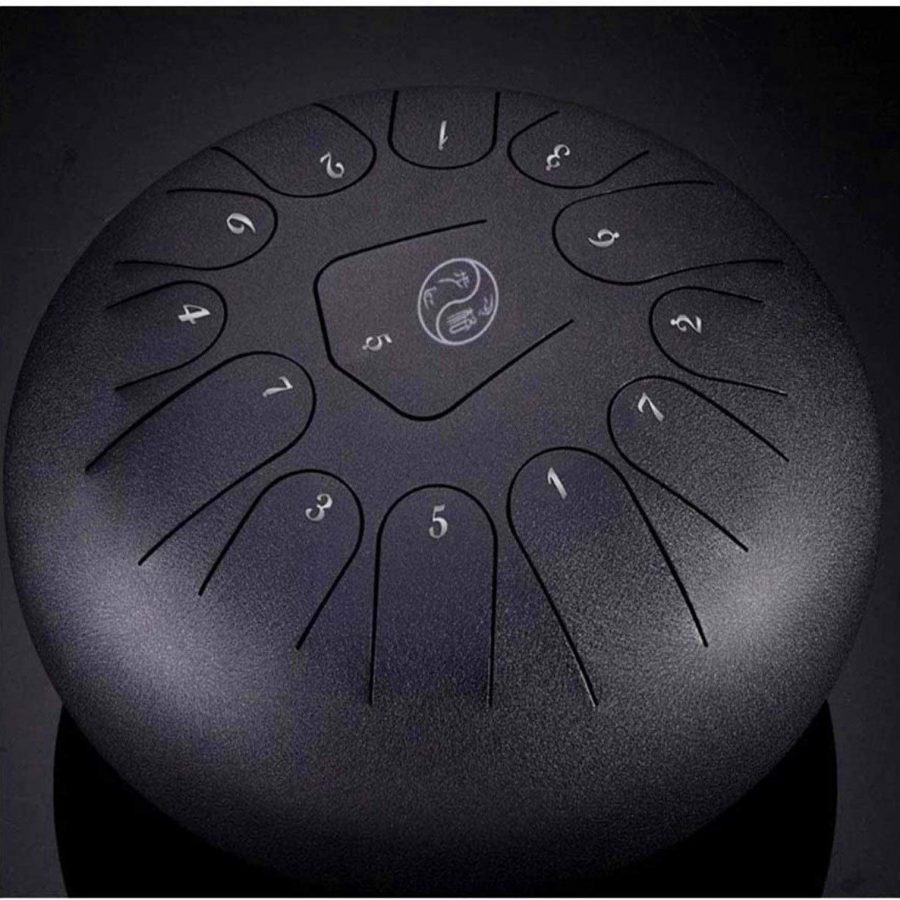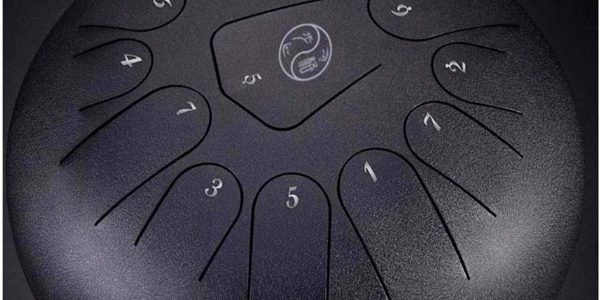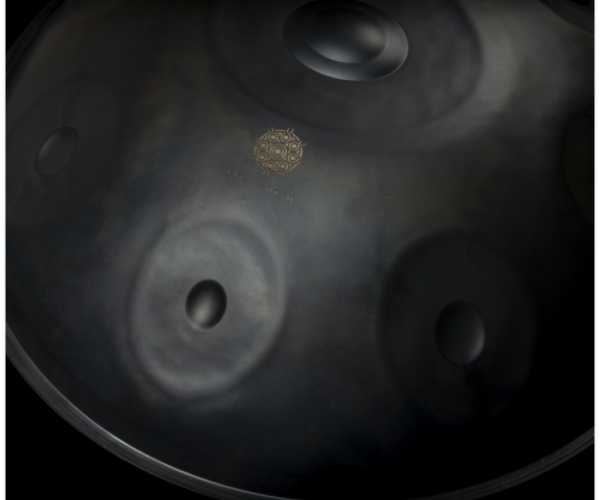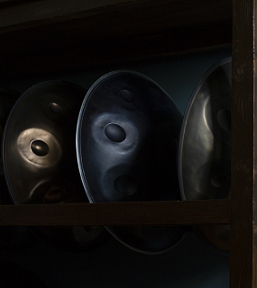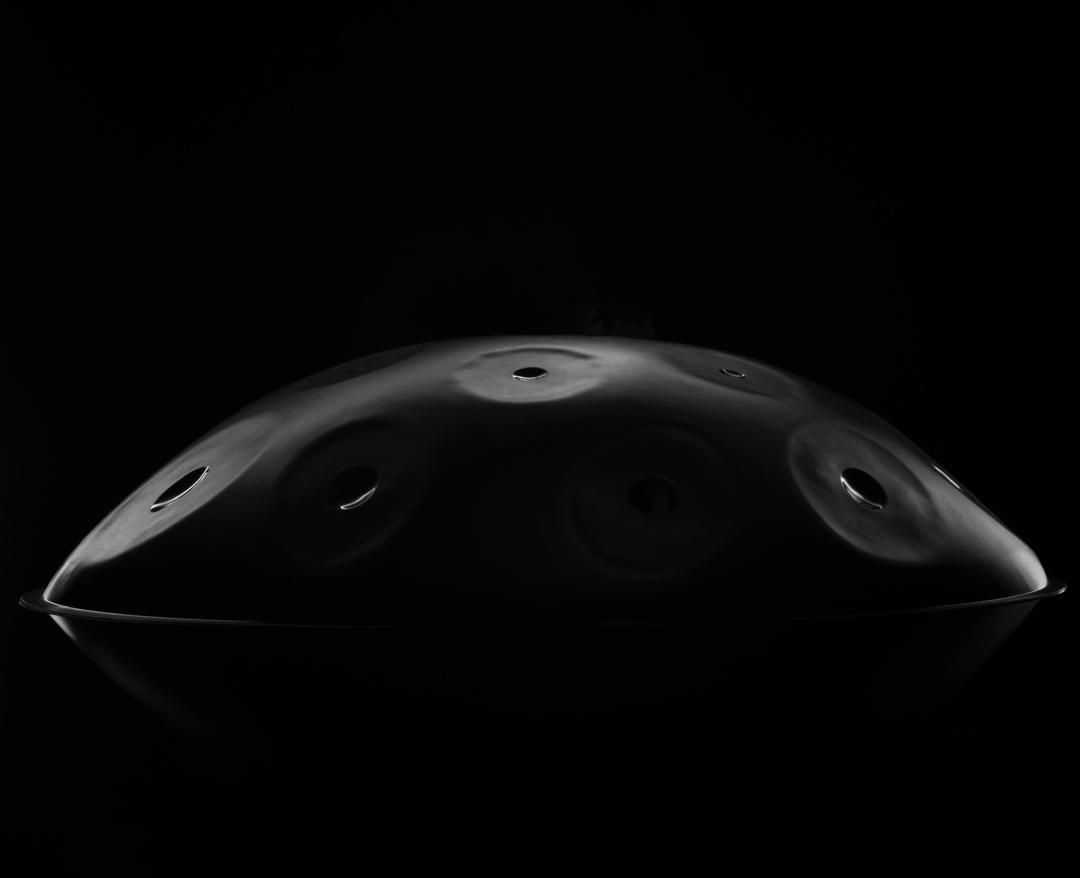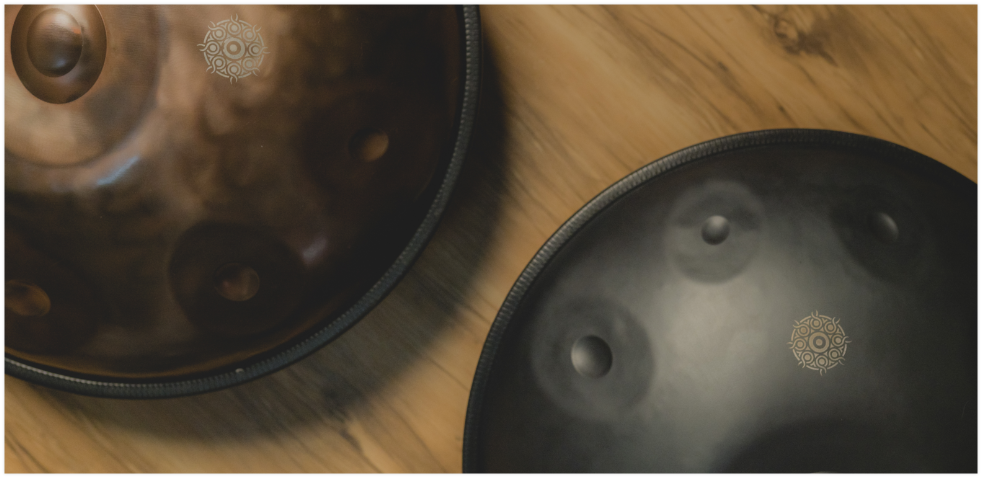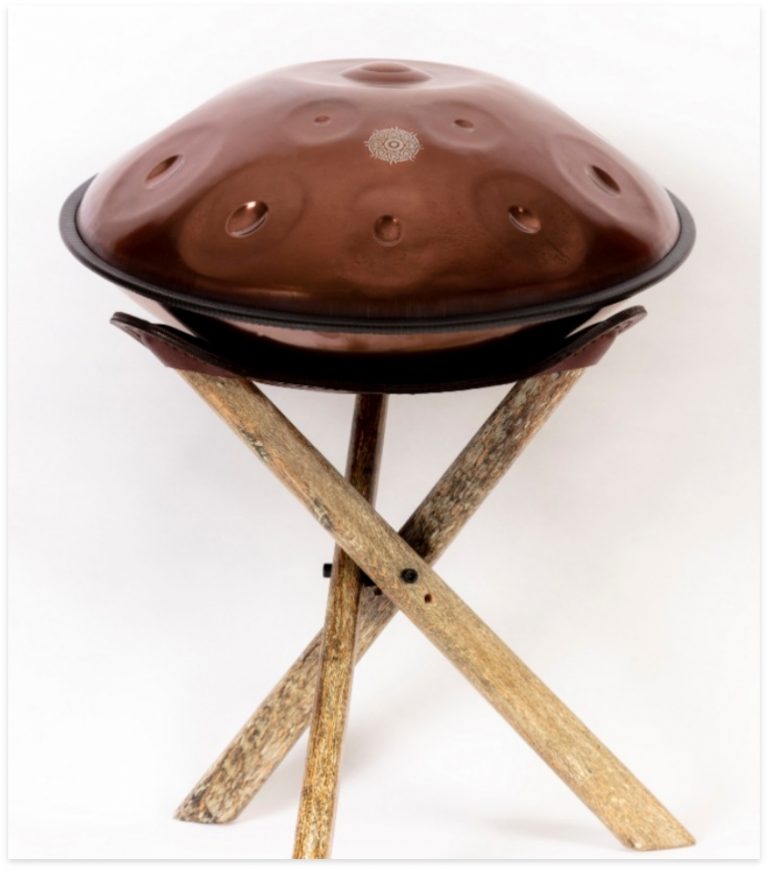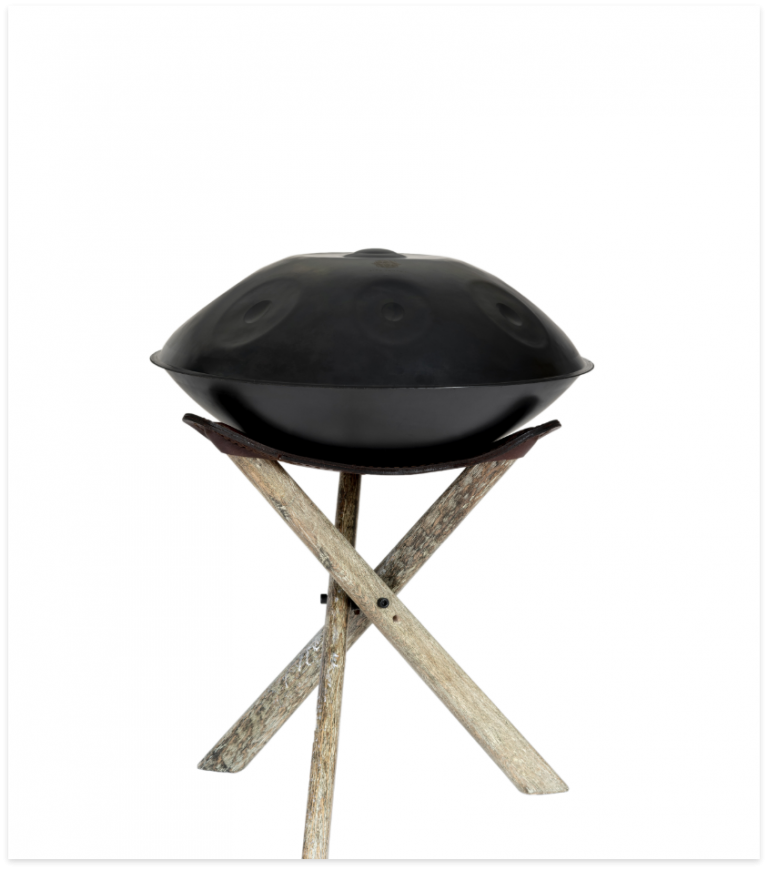
Menu
Blog
25 terms that every handpan player should know
- General information, Handpan Fundamentals, Tips and Resources
- May 13, 2021
25 terms that every handpan player should know
- Apex: The dome of the center-note when it is outward
- Dimple: The purposely dented part of the steel in the center of a note. Can be dented inward or outward.
- Ding: the central note on the top of the instrument.
- Dome: another name for dimple, The purposely dented part of the steel in the center of a note. Can be dented inward or outward.
- Dynamics: from the quietest to the loudest volume, exactly the full range
- sound sculpture: another name for pantam/handpan
- Gu: The opening circle or port in the bottom of the handpan, it helps the air to escape from the bottom of the instrument and also helps makers to tune the instrument easier
- Handpan: Generic word for a hand-played pitched instrument which is created from steel or similar metal, with notes
- Hang: The trademarked name for the original handpan
- Harmonics: Overtones that come with the fundamental pitch of a single note. The Eighth and compound fifth harmonics are forced in a note by a steel tuner
- Inpex: The dome of the center-note when it is inward
- Interstitial: any surface of the handpan that isn’t tuned, these spaces are usually found between ding, Gu or Tonefields
- Major: one of the main scale categories, this scale type is upbeat and happier.
- Minor: one of the main scale categories, this scale type is mysterious and melancholy
- Nitriding: Case hardening process used to harden steel by diffusing molecular nitrogen into the steel matrix, creating iron nitrides.
- Note: The general term used in music for the musical sounds, on a Handpan notes are the tuned parts of the instrument.
- Pantam: another generic name used for handpan, it comes from the combination of Ghatam and Steelpan.
- Pattern: a sequence of notes that come after each to create a harmony.
- Rim: the non-resonant metal edges that match the top and bottom shells of the handpan which usually cover with rubber or rope.
- Shell: shells are what handpans made from, metal semi-spheres that glue together at their rims
- Shoulder: The area between the ding and the tone fields on the tone circle, shoulder note is right on the border line around the ding
- Sound Model: a set of notes that arranged for a Handpan, also known as Scale.
- Sustain: The length of time a note resonates after being played
- Tone Fields: All the oval or the round shape fields with a specific note sound
Please contact us if you need further information or have more questions.
Tags
- handpan glossory, handpan literature, handpan terms

